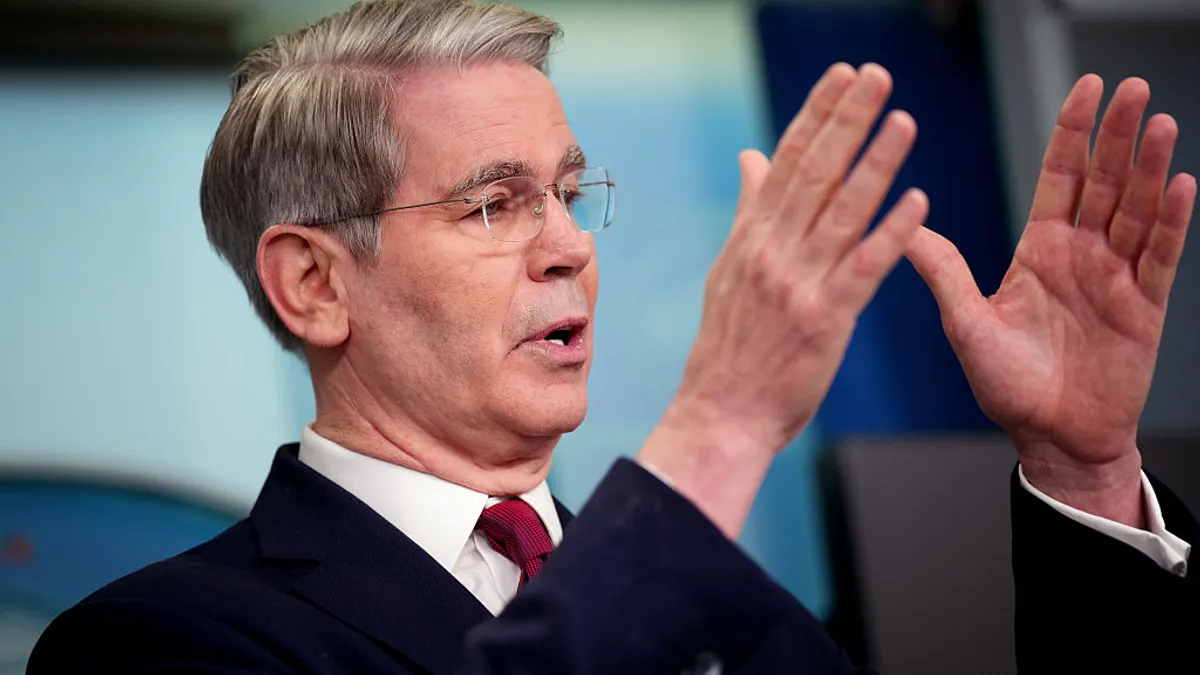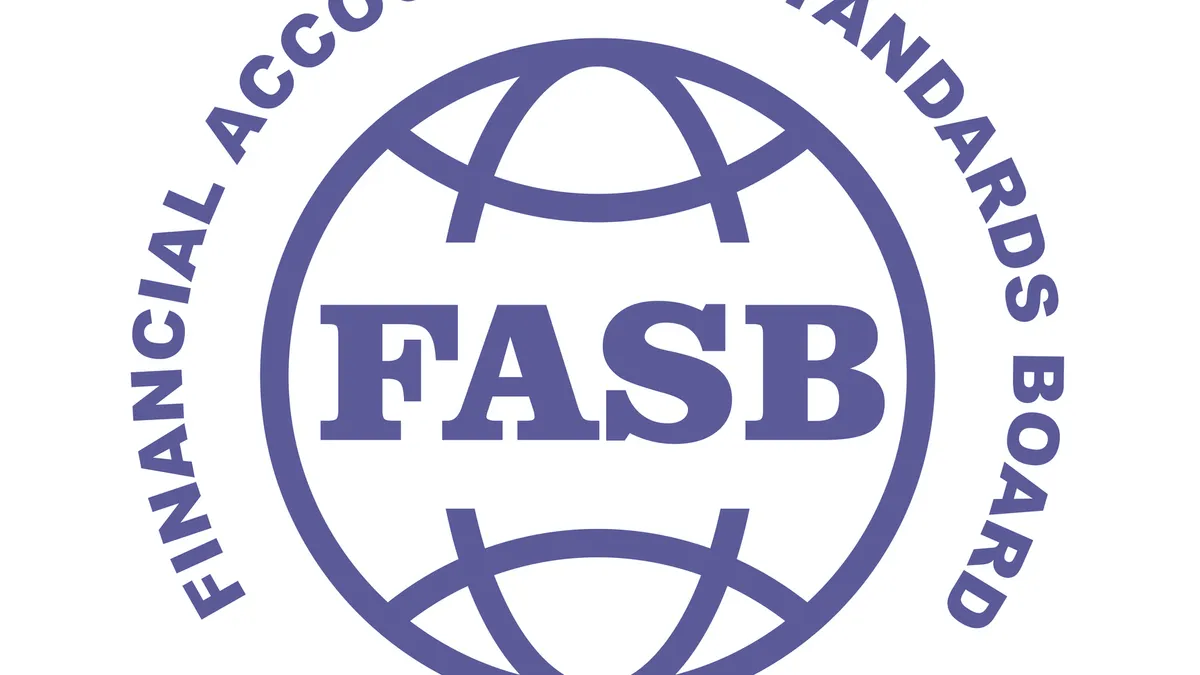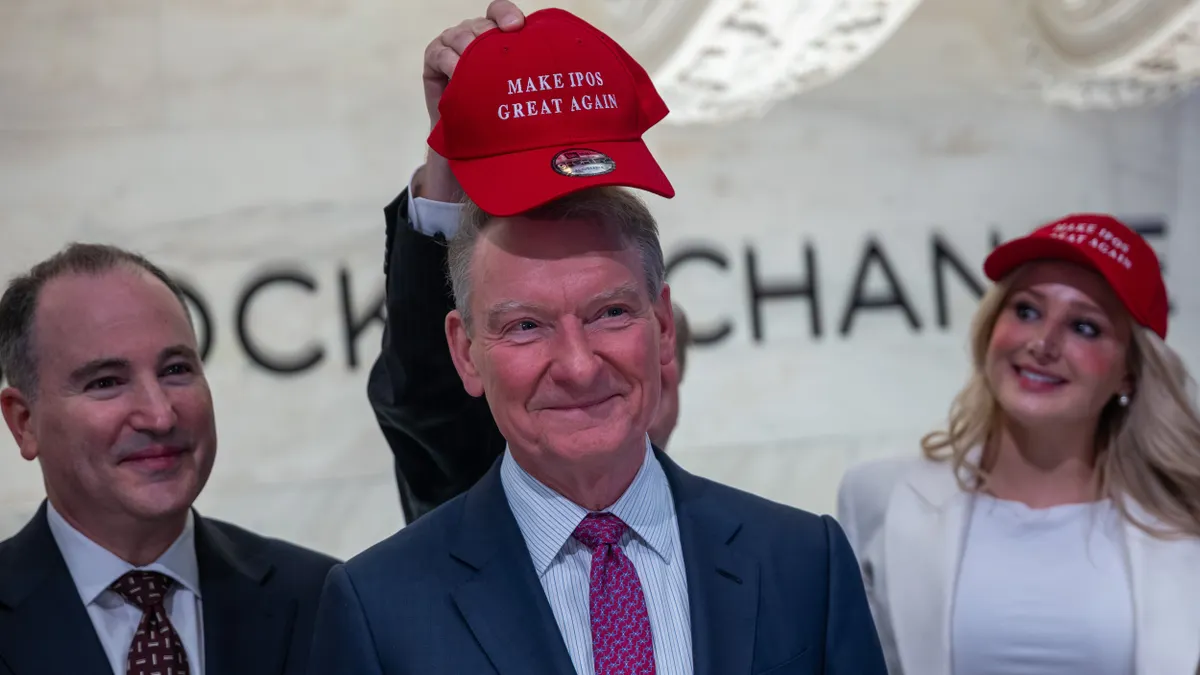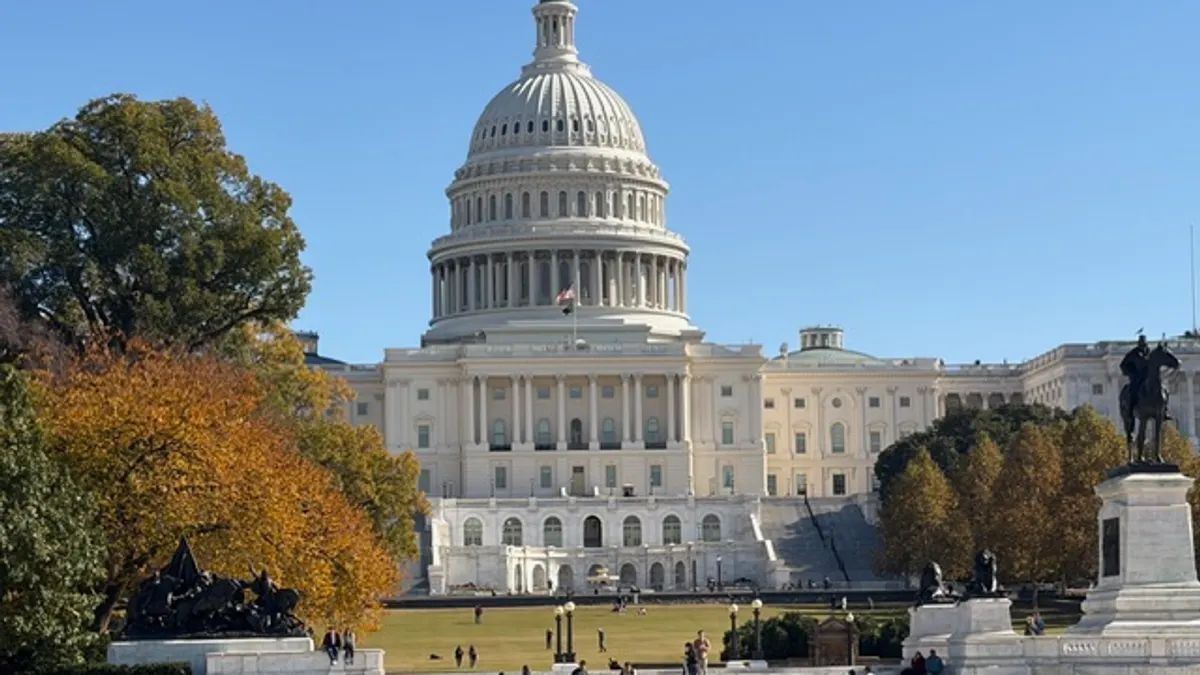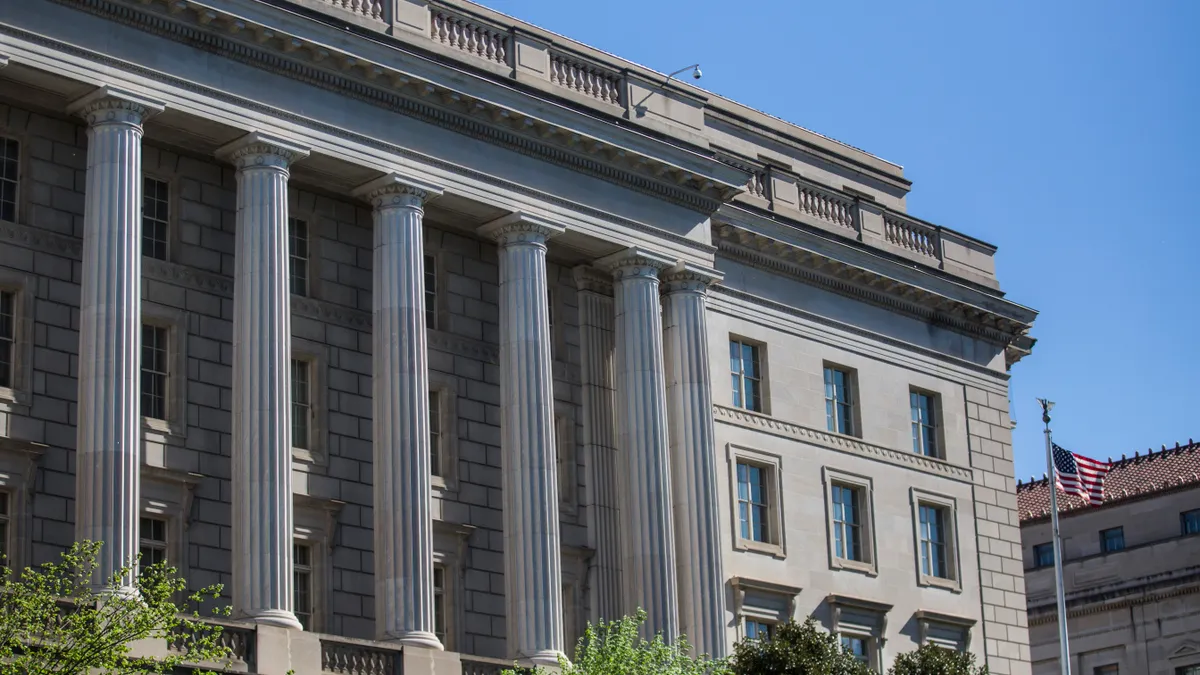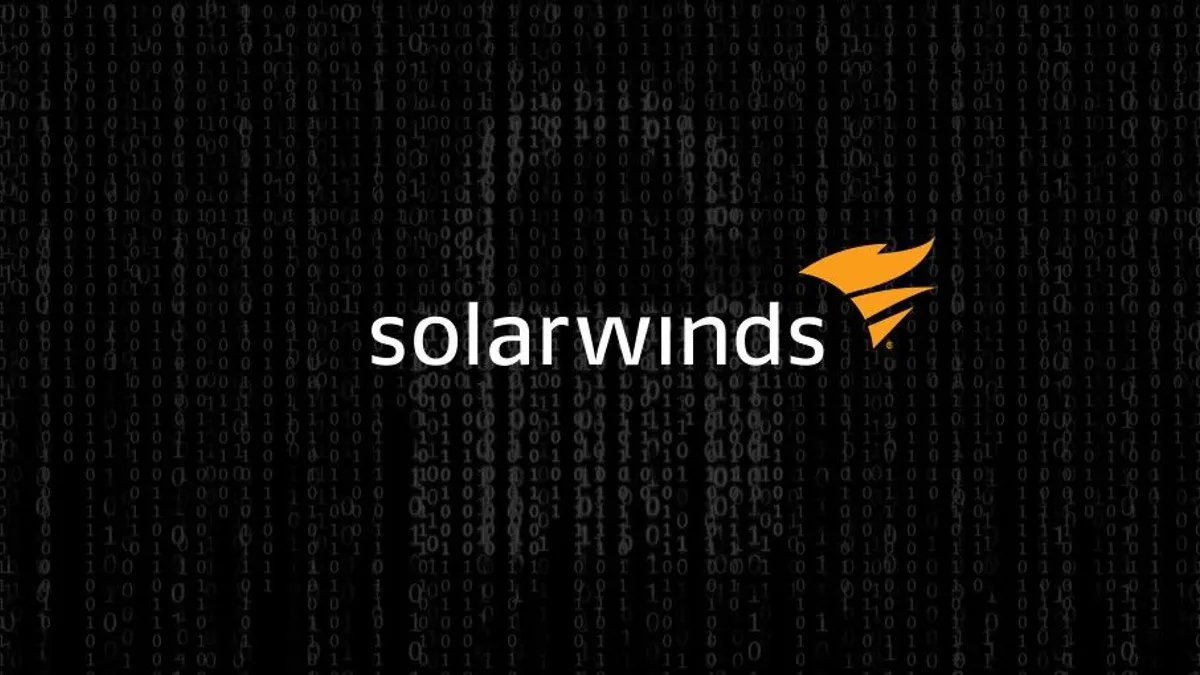Al Paul is the EY Americas Operating Model Effectiveness Leader based in the EY National Tax Department in Washington, DC. Views are the author’s own.
The Trump administration's evolving trade policy has left businesses navigating numerous uncertainties. Many economic forecasters suggest tariffs are likely to persist for the foreseeable future, alongside embargoes, sanctions and export controls — and as such, such policies and their effects will continue to be key topics in board meetings, quarterly reviews and daily discussions by the C-suite. The “ripple effect” of these indirect costs will surpass the actual tariff duties themselves.
Bringing the CFO’s perspective to risks
CFOs are responsible for managing both financial and operational risks. How companies respond to tariffs should be carefully analyzed in the context of these risk areas as leaders look to develop strategic plans for both the short- and long-term. There are many ripple effect items that CFOs should consider when evaluating the potential impact of tariffs.
One of the first considerations for CFOs is product pricing. Decision-makers must assess whether absorbing tariff costs internally or passing them on to customers will impact competitiveness in the market. Closely tied to pricing are the consequences for production costs. When suppliers of imported goods or materials face tariffs, these expenses often cascade through the supply chain, increasing overall production costs, even if the final assembly takes place within the United States.
This leads to the challenge of adapting supply chains. Sourcing materials from alternative suppliers in different countries may offer a solution, but such changes typically come with initial setup costs and revised payment terms. The effect of tariffs extends beyond day-to-day operations and into the deal market as well. When evaluating mergers, acquisitions, or divestitures, companies must consider how increased tariff-related expenses affect cash flow and deal pricing, especially regarding the compliance of a target’s operating model.
Furthermore, tariffs can influence decisions about internal investment. Capital expenditures, research and development, and other strategic initiatives may be delayed or, in some cases, fast-tracked in response to the new economic landscape. Foreign exchange risks also become more pronounced as tariffs can influence currency values, prompting companies to consider hedging strategies to mitigate potential losses.
Finally, efficient management of working capital is essential for sustaining daily business operations amidst these changes. Balancing accounts receivable, accounts payable, and cash reserves becomes even more critical as companies navigate the direct and indirect effects of tariffs on their overall financial health.
There are other ripples with less direct impacts to the CFO’s focus, but certainly could create financial risk, for example management changes, workforce realignment, costly process adjustments, technology roadmap pressure, legal risk, and increased compliance or administrative costs.
Tax considerations
Organizations must also address the intricacies of an evolving tax environment as it is shaped by tariffs and policy shifts. Tariff costs are "above the line" items that directly impact the cost of goods sold (COGS), but their influence extends further, affecting taxes and ultimately altering earnings per share (EPS) and stock prices. Scenario planning should therefore integrate thorough tax analyses.
For instance, the recent enactment of the “One Big Beautiful Bill” Act in the U.S. brings changes to the expensing of domestic R&D, the Foreign-Derived Deduction Eligible Income (FDDEI) and foreign-derived intangible income (FDII) regime, as well as Section 179 expensing. These legislative updates, coupled with the Trump Administration’s trade policies, are designed to promote domestic production and must be factored into both mid-term and long-term business strategy.
Moreover, companies contemplating relocation or adjustments in their operational footprint must consider the potential for exit taxes or the recovery of previously granted incentive benefits, as such changes may trigger incentive claw-backs. At the same time, intercompany pricing, customs, and indirect tax obligations often present competing interests, introducing additional layers of complexity to valuations, compliance reporting, and necessary adjustments.
Attention must also be given to the global minimum tax initiative led by the Organisation for Economic Co-operation and Development (OECD), the outcome of which could have significant ramifications for U.S. multinationals depending on its durability and implementation. How will incentives enjoyed by the company be impacted? How will the so-called “side-by-side” approach that attempts to address the Trump administration’s concerns about the “unfair treatment” of U.S. MNCs be implemented?
Finally, as organizations shift operations or decision-making authority across borders, they are likely to encounter increased tax audit risks. Such moves can shift profit allocation and reduce profits, drawing the attention of tax authorities and possibly invalidating existing tax rulings, thereby increasing the probability and intensity of income tax audits.
Conclusion
The ongoing discourse surrounding tariffs and trade policies highlights the complexities that CFOs and the C-suite must navigate in today's economic landscape. CFOs must evaluate product pricing strategies, adjust supply chains and consider the broader implications on operational structures and workforce alignment to ensure they are defending against ripple effects which can significantly impact financial performance.
By embracing a comprehensive and forward-thinking approach, companies can better position themselves to navigate the challenges posed by tariffs and leverage opportunities for growth in a dynamic global market. Companies need to look beyond just the immediate cost of the tariff to prevent tariff “ripples” from becoming a tsunami.







